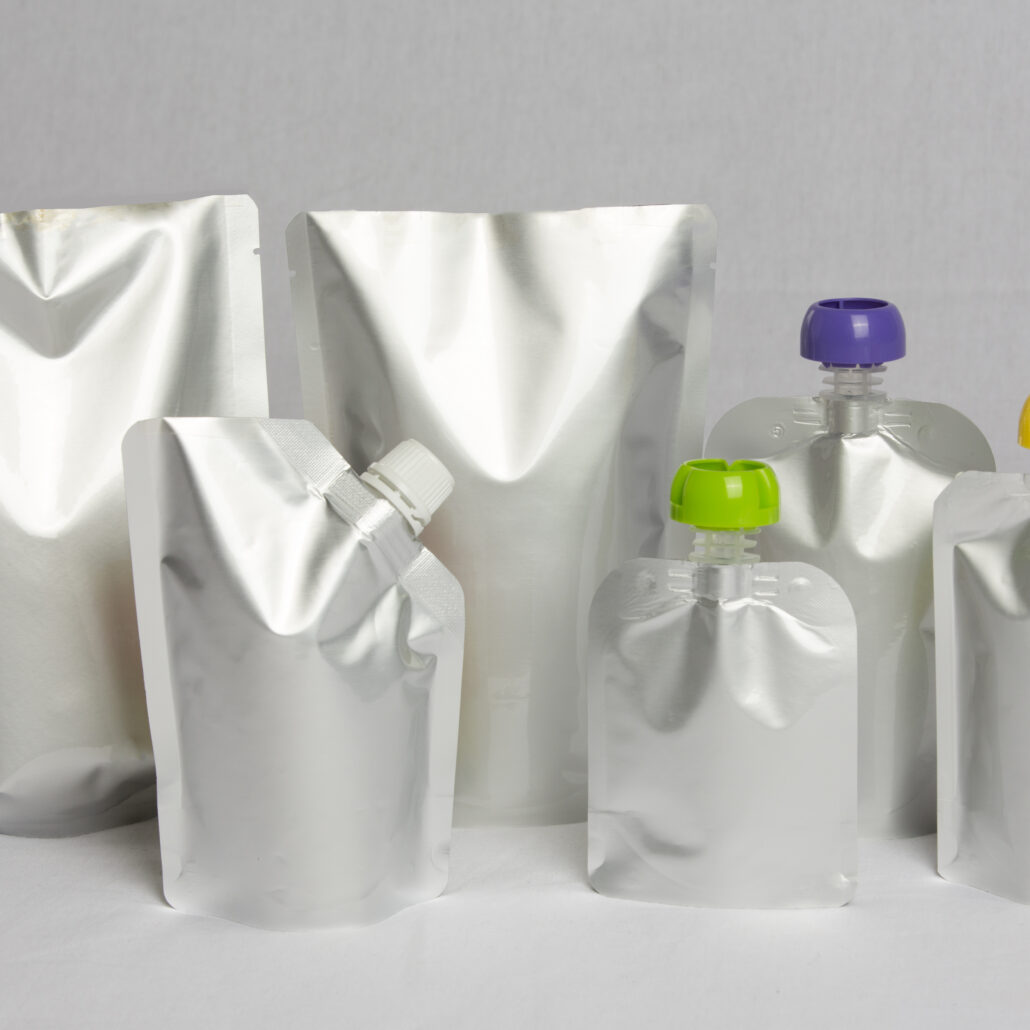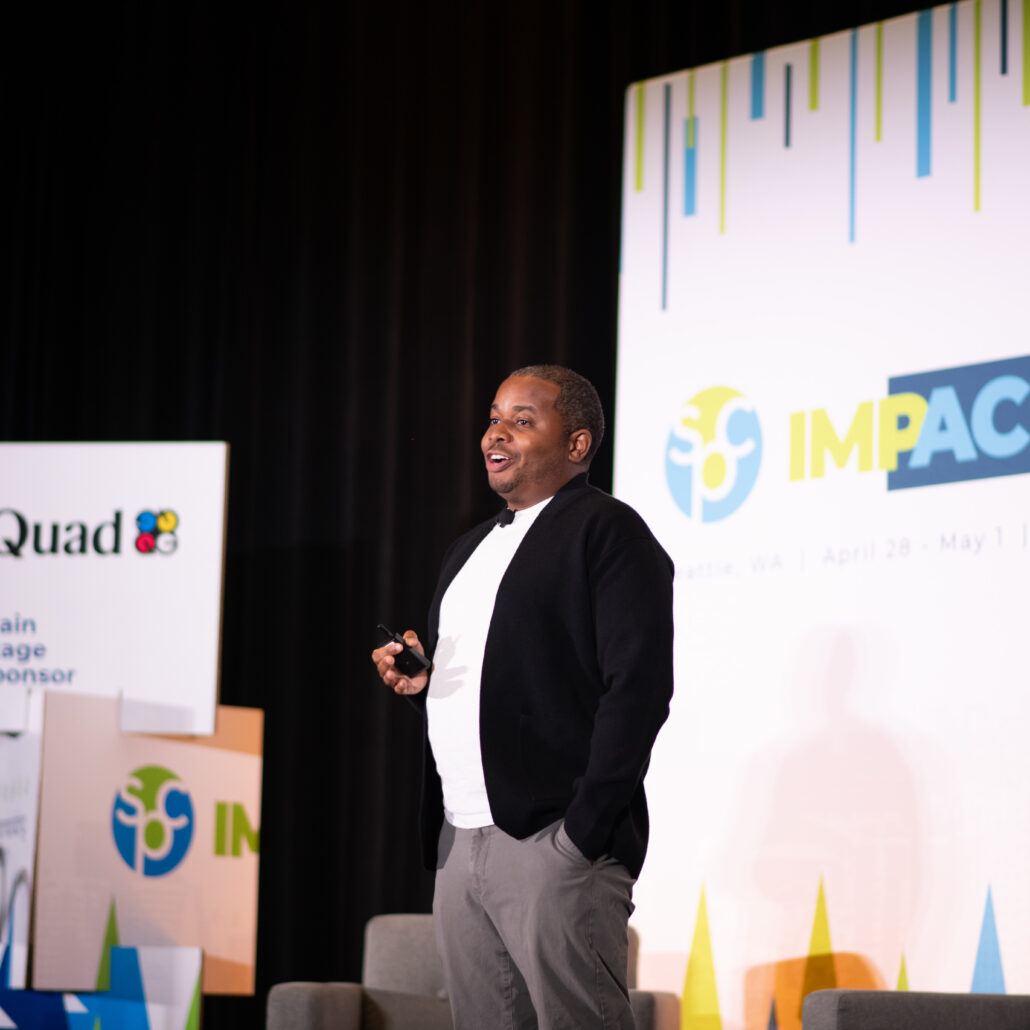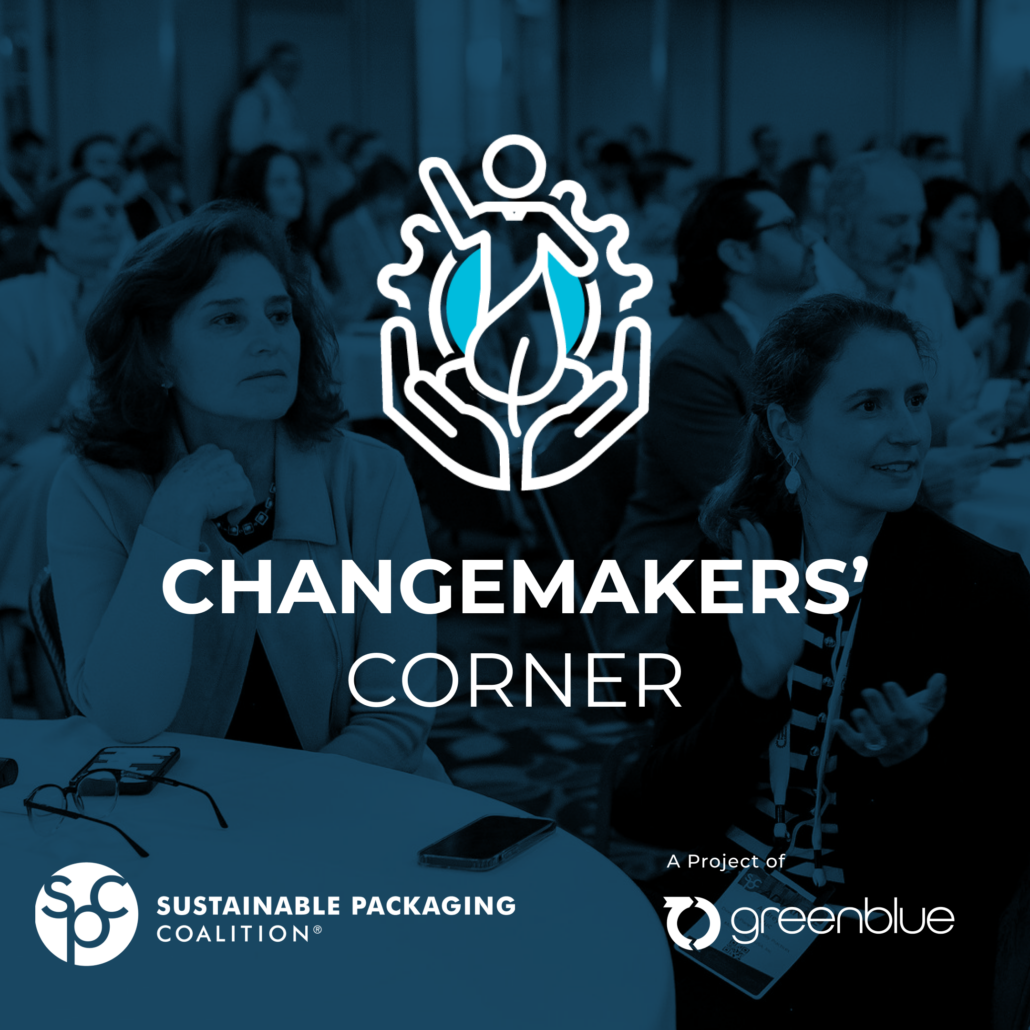On the second day of SPC Advance in Atlanta, the Sustainable Packaging Coalition’s Flexible Packaging Recovery Collaborative convened to workshop the future of flexible packaging recovery. Led by Ruth Maust, a Project Manager of GreenBlue, the collaborative broke from its usual format of a seminar and discussion about opportunities and resources in the flexible packaging recovery space to meet in person.
Alison Keane, President, and CEO of the Flexible Packaging Association, opened the session by discussing the challenges their members are facing. Currently, both suppliers and converters are reporting talent and labor shortages, raw material procurement challenges, and sustainability initiatives as the primary areas of focus. As the packaging industry continues to move from sustainability goals of source reduction to goals that include circularity, creating end markets and improving recyclability are increasing in priority. Current trends indicate two popular sustainability initiatives in this space: “recycle ready” mono-material polyethylene designed for the store drop-off stream and incorporating post-consumer recycled content.
Kristina Hansen, President of Plastics Forming Enterprises, focused her portion of the opening presentation on the importance of testing. Specifically, Plastics Forming Enterprises has programs to pilot recycling processes and provide certified testing for various recyclability standards. The goal of this work is to support the package design process to improve recyclability while it is still early enough in the production process to make adjustments to the design.
The second half of the session was devoted to discussion between workshop participants. Topics included: What is the number one thing you want to see for flexible packaging circulatory in the future? What do you see as the biggest barrier to getting there? What project of initiative in this space are you most excited about or think has the most potential impact? Where do you see the biggest gap or opportunities that no one seems to be working on?
Overall, the themes of discussion centered around infrastructure investment for collection and sortation, work to incentivize the integration of post-consumer recycled content (potentially into non-food grade film applications) and working towards the goal of widespread curbside collection of films in the United States. The group identified significant barriers, including a lack of standardization in access to recycling and in what degree of product residue renders a package unrecyclable.
As is becoming more common, policy and chemical recycling were both brought up as potential paths to reaching these goals. Other initiatives to watch include: the efforts to increase flexible medical packaging by the Healthcare Packaging Recycling Council and regionalized circular film economy efforts in Minnesota.
Questions posed by participants to ponder in future meetings include: Is there a path to recyclability for mono-material polypropylene film? How can films be sorted in a MRF without causing issues? Do consumers have an appetite for education or would simple, clear, instructions be better received? How can we balance the need for progress with desire for perfection without allowing the perfect to become the enemy of the good?
To join in on these conversations, click here for more information on getting involved with the Flexible Packaging Recovery collaborative!





